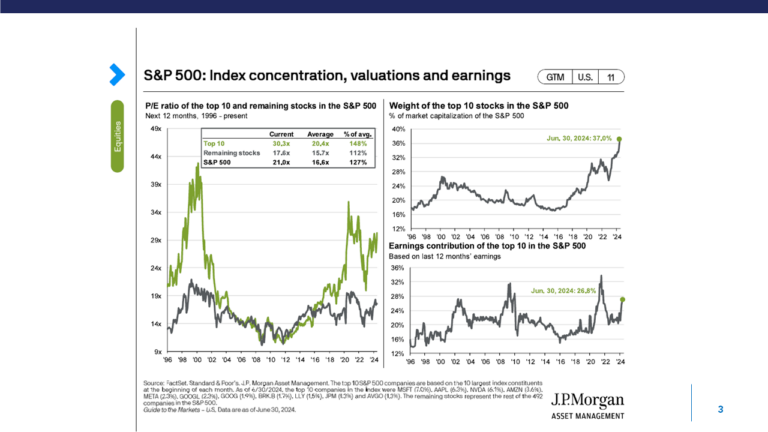In this final segment on Cash Management and Budgeting, lets connect all the dots from the previous four segments to construct one comprehensive easy to use system that helps you create the following:
- A forward-looking budget that accurately reflects the reality of your life and tells each dollar of income where to go. It gives the highest priority to the amount of savings, investment and debt reduction necessary to build wealth each month according to your unique financial goals, objectives and life values.
- A turnkey system that automates savings, investments, bill paying and record keeping each month simplifying your life and minimizing ongoing financial decision making and the time you spend worrying about money issues.
There is an initial process required to create your budget and solve any deficits as outlined in parts three and four of this series. If done well, it should function pretty much automatically thereafter with simple routine oversight. That is the power. You will not need to stress over your money on a daily basis and make constant decisions. Your biggest challenge will be the personal discipline to leave the surplus cash alone and let the system put it in the right place for you.
Initial Startup Process:
- Create your budget- see blog installments 3 and 4.
- Create an account with an online financial planning system that offers an integrated cash management system. If you are a do it yourselfer, Mint.com is a popular choice. If you have a financial planner, they will have their own version and can help you implement and monitor your progress. This is your automatic online tracking system. Once set up, it will manage and track your budget, income statement and balance sheet for you.
- Enter all your assets and liabilities on your online financial planning system’s balance sheet function. It is important to link both your investment accounts and your liability (debt) accounts electronically so that it can keep track of your account activity and balances automatically.
- Create a cash control account by opening an online high interest checking/savings account with auto bill pay.
Ongoing Process:
- Deposit all income automatically into the cash control account. You will earn interest immediately on all idle cash reserves.
- Arrange for all your regular expenses to be auto paid out of the cash control account.
- Pay for food, gas, clothing, personal care and fun via your debit card linked to your cash control account so there is a record of the transaction that is tracked and itemized by your system.
- With a good plan, you will notice that your cash control account appears to have surplus cash. It doesn’t, leave it alone. This cash hasn’t been used yet, but it will.
- Month end review of your income statement. Set aside one hour at month end to review your finances. Review your system’s income statement function. It will show you what you spent during the past month on each budget item. Look for the areas where your actual spending was different than the budget:
Emergencies
Irregular expenses
Impulse spending
Unanticipated budget item
Auto pay issues
- Month end review of your balance sheet: Review your system’s balance sheet function. Your assets will have grown by any systematic investments you have made during the past month as well as interest or investment gains. Your liabilities will be smaller than the month before because of the loan payments you have made. Your system will actually report the balance of all accounts, both assets and liabilities, 24/7. Take a moment to celebrate the progress you are making in building wealth and moving toward your objectives.
- As each debt is paid off, immediately select a remaining liability and begin applying higher payments to the outstanding balance each month (debt liquidation snowball). Repeat this process until all debt is liquidated and after throwing a party for family and friends (inspiring them to follow your example), begin applying the free cash flow to savings and investments.
You can read all five parts of our series by clicking the links below:
Part I – The Wealth Building Engine
Part II – Three Tools to Kick Start Your Plan
Part III – Charting Your Expenses And Goals
Part IV – Eliminating Deficits
Winfred Jacob, CFP®
Senior Financial Advisor


